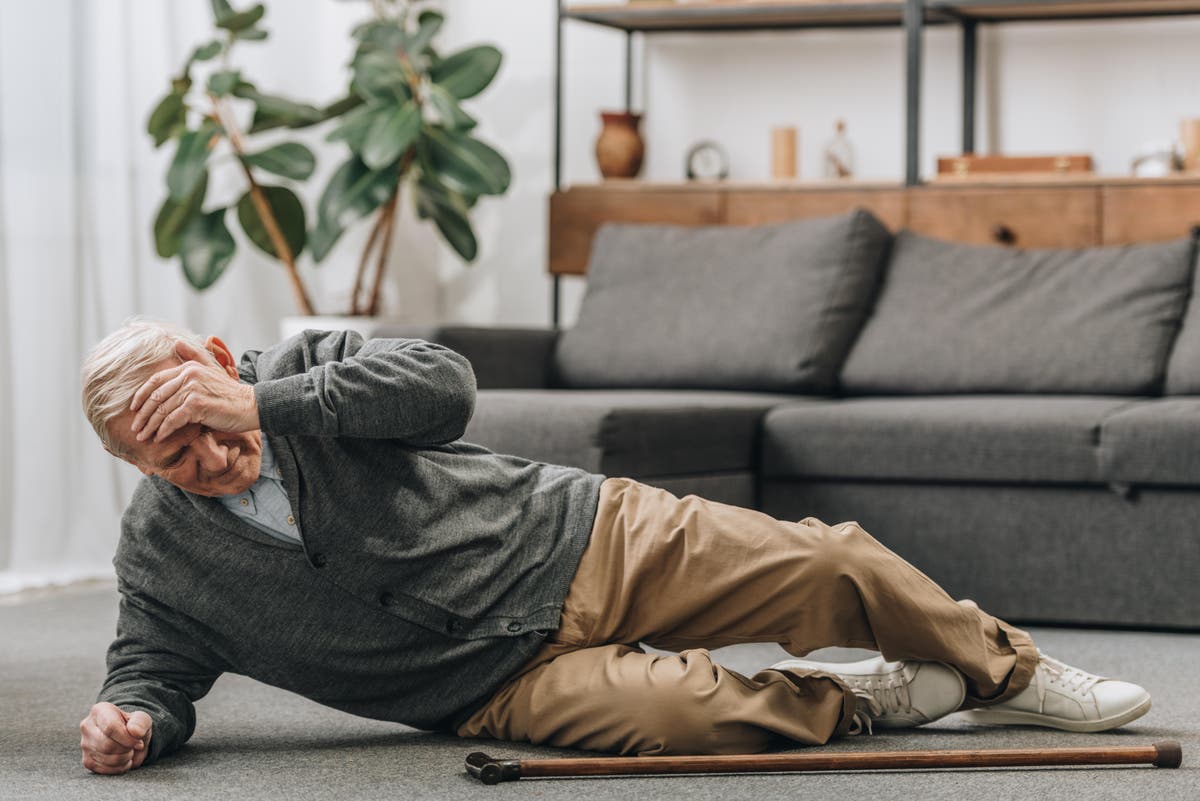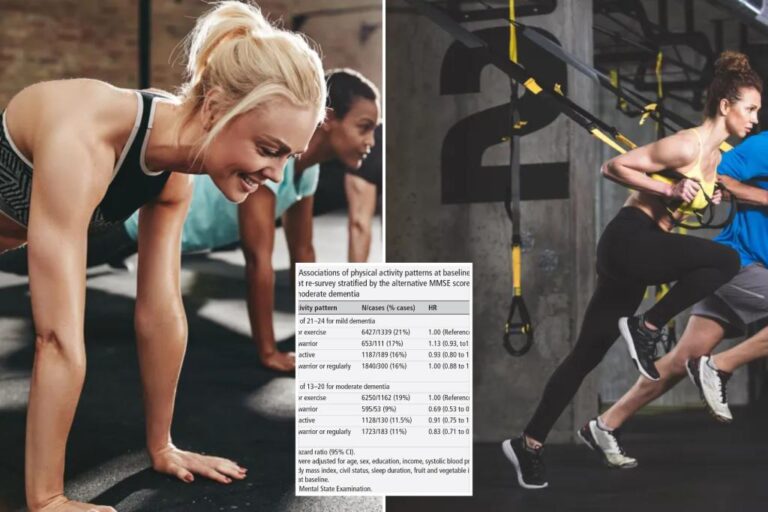Balance Your Fitness: Why Pilates and Yoga Reduce Fall Risks
Strengthen Your Balance: How Pilates and Yoga Can Prevent Falls
In our hustle and bustle lives, we often overlook one crucial aspect of health: balance. Sounds pretty boring, right? But let me tell you, having good balance is like having a trusty umbrella on a stormy day. It can keep you safe from slips, trips, and serious falls as you navigate through life’s unpredictable terrain. Today, we’ll dive into how practices like Pilates and yoga can be your secret weapons in maintaining and improving balance, reducing fall risks, and lending a helping hand to your overall fitness. Ready to get started?
Why Balance Matters
You might be thinking, “Why should I care about my balance?” Well, balance is key to everything we do, from walking to running, or even just standing still! According to the Centers for Disease Control and Prevention (CDC), millions of older adults experience falls each year, often leading to severe injuries. But balance isn’t just a senior citizen’s concern; it impacts people of all ages, especially those leading active lifestyles.
The Hidden Dangers of Poor Balance
Poor balance can sneak up on you like a cat in the dark. You might not notice it until you suddenly find yourself tripping or stumbling. Here’s what can happen when balance takes a backseat:
- Falls: The most obvious and frightening consequence of poor balance.
- Injuries: These can range from sprains and bruises to more severe fractures.
- Fear of Falling: After experiencing a fall, many people become afraid of moving too freely, which leads to a decline in physical activity, posing further risks to their health.
But here’s the silver lining: balancing practices like Pilates and yoga can help us gain control over our bodies and strengthen our stability.
Pilates: Building Core Strength
Here’s where Pilates struts onto the scene like a superhero in stretchy pants. This method of exercise focuses heavily on core strength, flexibility, and posture—all elements that contribute significantly to balance.
How Pilates Works
Pilates incorporates controlled movements that engage the core muscles, including:
- Abdominals
- Back muscles
- Hips
By strengthening these areas, Pilates enthusiasts can develop better balance and coordination. Think of it as building a sturdy foundation for a house; if the foundation is solid, the rest of the structure stands firm.
Key Benefits of Pilates for Balance
- Core Stability: A strong core supports your spine and pelvis, making it easier to maintain balance.
- Flexibility: Increased flexibility leads to greater range of motion, helping prevent cramping or injuries.
- Mind-Body Connection: Pilates emphasizes focus and concentration, which helps develop proprioception (awareness of body position) crucial for balance.
Don’t underestimate the power of a solid core! Imagine trying to balance a stick on your finger. If your finger wiggles, that stick is going to tumble to the ground. But with a steady base, you’re golden.
Yoga: Cultivating Mindfulness and Strength
Now, let’s introduce yoga into the conversation. It’s more than just striking a pose for that Instagram shot—yoga is a powerful practice for improving balance, both physically and mentally.
How Yoga Works
At its core, yoga combines postures, breathing techniques, and meditation. These aspects work in tandem to refine balance by promoting:
- Muscle Strength: Many yoga poses require you to support your body weight in various ways, which builds strength.
- Focus and Concentration: Yoga teaches you to be present and pay attention to body movements, enhancing overall coordination.
The Big Wins of Yoga for Balance
- Harmony of Body and Mind: Engaging in yoga fosters a sense of calm and mental clarity. A clear mind often translates into better physical performance.
- Increased Flexibility: As with Pilates, enhanced flexibility allows for better movement and reduced injury risk.
- Deep Breathing: Through practice, you learn to control your breath, creating a sense of calm that contributes to steadiness and focus.
You might picture yoga as a dance—a graceful flow that requires balance and control. But don’t be fooled; it’s also a workout that can leave you feeling exhilarated and accomplished!
The Science Behind Balance and Fall Prevention
There’s more than just anecdotal evidence supporting the effectiveness of Pilates and yoga in enhancing balance. Studies highlight significant improvements in stability and a decrease in fall risk among participants.
Research Highlights
-
Elderly Participants: A study published in the Journal of Physical Therapy Science found that regular Pilates and yoga practice led to substantial balance improvements in older adults.
-
Fall Risk Reduction: Research from the National Institutes of Health demonstrated that yoga significantly improved balance, coordination, and overall physical fitness in older adults.
These findings provide a pretty compelling argument for making Pilates and yoga part of your regular fitness routine.
How to Get Started
So, are you ready to embrace your equilibrium? Here’s how to dive into Pilates and yoga without feeling lost.
Begin with These Simple Steps:
- Find a Class: Look for local studios that offer beginner Pilates or yoga classes.
- Online Tutorials: Platforms like YouTube abound with free sessions tailored for various experience levels.
- Invest in a Mat: A good yoga or Pilates mat can enhance your practice and comfort.
- Start Slow: Listen to your body; it’s better to progress gradually than to rush and risk injury.
- Practice Regularly: Consistency is key. Aim for at least two to three sessions a week.
A Sample Routine to Engage Your Balance
Want to dip your toes in? Here’s a quick routine of five easy moves you can try at home or in a class setting:
-
Tree Pose: Stand on one leg and place the opposite foot on your inner thigh or calf. This improves your balance while engaging your core.
-
Plank Pose: Hold a plank position on your hands (or forearms) for stability and core strength.
-
Standing Forward Bend: Stand tall, then fold forward while keeping your knees slightly bent. This enhances flexibility and helps with balance.
-
Single-Leg Balance: Stand on one foot with the other knee raised at a 90-degree angle. Hold for as long as you can, alternating sides.
-
Bridge Pose: Lie on your back, your knees bent and feet flat on the floor, then lift your hips. It strengthens the core and glutes, essential for stability.
Adjust the intensity of these movements based on your comfort level. Feel free to consult a certified instructor for guidance.
Conclusion
In wrapping up our conversation about balance, it’s crystal clear that integrating Pilates and yoga into your fitness regime can significantly mitigate your risk of falls while promoting overall health. These practices not only improve physical stability but also enhance mental clarity and body awareness. So why not give it a shot? You’ll be nurturing your balance in no time, and perhaps—just perhaps—you’ll find yourself moving through life with newfound confidence and grace.
Frequently Asked Questions (FAQs)
-
Can beginners do Pilates and yoga?
Absolutely! Both practices offer modifications for beginners, making them accessible for everyone. -
How often should I practice to see improvements?
Aim for at least two to three times a week to notice significant changes in balance and stability. -
Do I need special equipment to start?
A good mat is beneficial, but you don’t need much beyond that to begin. Many studios provide equipment during classes.
-
Is it okay to do both Pilates and yoga?
Yes, they complement each other beautifully! Combining both can offer a well-rounded workout. -
What if I have a history of falls or injuries?
Always consult with your healthcare provider before starting any new exercise program, and consider working with a qualified instructor who can tailor your routine to your needs.







